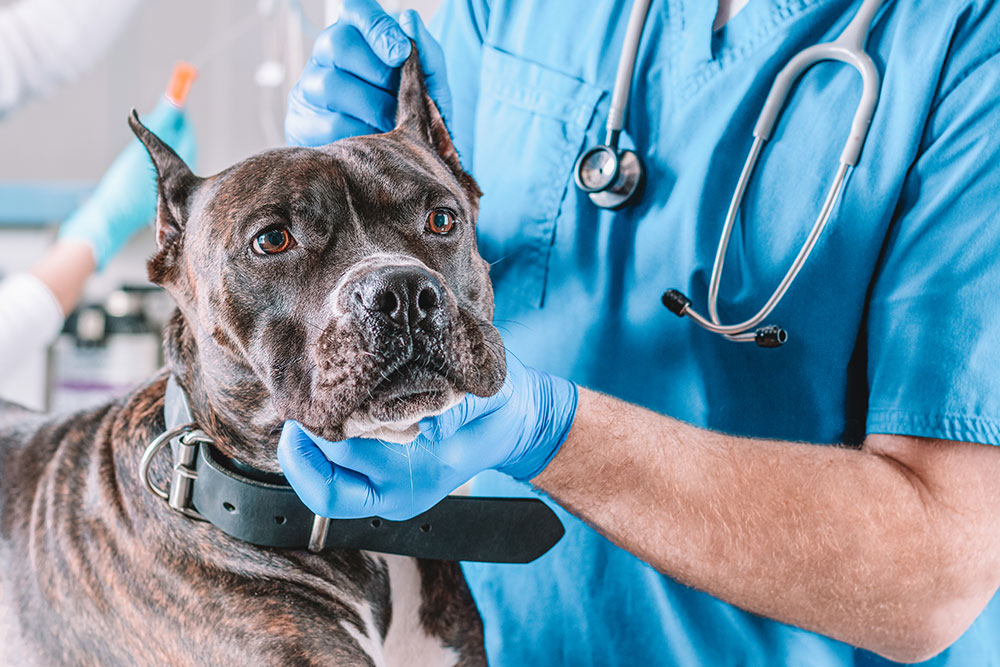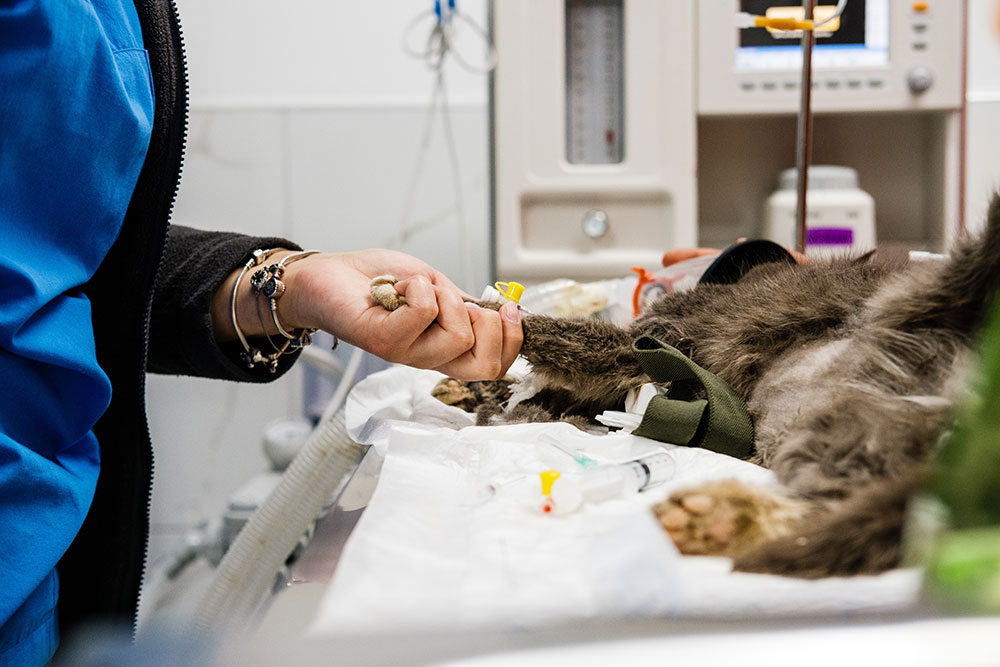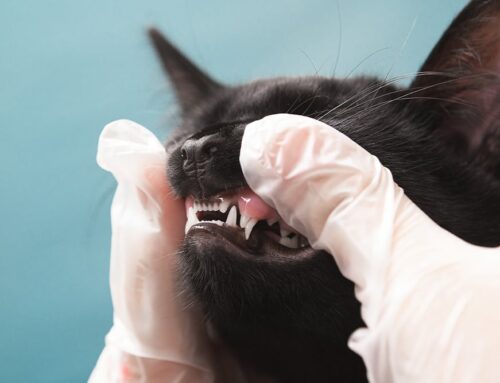When a pet suddenly stops eating, limps across the living room, or collapses without warning, panic is a normal first reaction. At Rustebakke Veterinary Service in Clarkston, Washington, we share your concern—many of us are pet parents ourselves—and we know how frightening it is to wonder whether you should rush to the hospital or monitor from home. In this guide, we draw on our daily experiences in the emergency room and the barn to clarify what truly counts as an emergency, how we approach treatment, and what you can do right now.
What Exactly Is a Pet Emergency?
Veterinary professionals define an emergency as any condition that threatens life, causes extreme discomfort, or risks permanent impairment if not addressed immediately. The American Animal Hospital Association’s article, Help! Is This a Pet Emergency? offers a helpful overview, but below are the situations we see most often in our Clarkston clinic:
- Breathing problems – Rapid, noisy, or labored breathing, or gums turning blue or pale. See Respiratory Distress in Pets – AAHA.
- Uncontrolled bleeding or major trauma – Hit by a vehicle, fall from height, or wounds that soak a towel in minutes.
- Toxin ingestion – Chocolate, xylitol, rodent bait, lilies, or unknown pills. Contact ASPCA Poison Control.
- Collapse or sudden weakness – Often linked to heart disease, anemia, or internal bleeding.
- Seizures – Especially if longer than five minutes or in clusters.
- Heatstroke – Body temperature above 104°F, collapse, or heavy panting.
- Bloat (GDV) – Swollen belly, unproductive retching, or restlessness in deep-chested dogs.
- Difficult labor – Over 30 minutes of straining with no newborn, or green discharge before birth.
- Eye injuries – Squinting or blindness can lead to permanent damage quickly.
- Urinary blockage – Most common in male cats and dogs; life-threatening within hours.
Bookmark this 13 Animal Emergencies Requiring Immediate Veterinary Care list from the AVMA.
Emergencies in Livestock and Horses
Farm animals often mask illness until late stages. These resources can help you spot the warning signs:
- Cattle – Identifying Sick or Injured Cattle covers lameness, abnormal posture, and isolation behaviors.
- Sheep & Goats – Tips for Detecting Disease or Injury in Sheep and Goats highlights key early changes in appetite, gait, and fleece.
- Horses – 10 Signs of Internal Illness in Horses includes subtle signs like off feed, dull eyes, or mild colic.
- Poultry – Learn how to detect early problems at Identifying a Sick Chicken.
- We also offer large animal emergency support—read more at our Large Animal Services page.
A Moment-by-Moment Plan When Trouble Strikes
- Stay calm and protect yourself. Injured animals may lash out. Approach slowly and safely.
- Call us or your closest ER clinic ASAP. Early notice helps us prep oxygen, fluids, or surgical tools.
- Provide safe transport. Use a carrier, trailer, or halter depending on species. Keep the head elevated if respiratory distress is present.
- Start first aid if safe. Control bleeding, follow Dog Heimlich Instructions, or use CPR for Dogs and Cats.
- Bring documentation. Packaging of toxins, vaccine records, or a recent video of the animal’s symptoms helps us act quickly.
What to Expect at the Clinic or Barn
Upon arrival, our team triages quickly:
- Vital signs and stabilization come first—airways, hemorrhage control, seizures.
- Diagnostics: bloodwork, ultrasound, ECG, X-rays depending on the species and case.
- Communication: We’ll outline your options, prognosis, and cost before proceeding.
Common Treatments We Perform:
- Oxygen therapy and ventilators
- IV fluids and electrolytes for shock
- Pain control tailored to species
- Emergency surgery: GDV, C-section, foreign object removal
- Antidotes and detox care (e.g., for rodenticides or toxic plants)
In large animals, we also stabilize colic, dystocia, fractures, and lameness. Early response means better outcomes.

Spotting Trouble Early: Your Home Checklist
Becoming familiar with your animal’s baseline makes changes easier to catch. Here are ways to stay alert:
- Practice home exams. Home Exam for a Sick Dog shows how to check gums, heart rate, and hydration.
- Create a first-aid kit. Include antiseptic, gauze, thermometer, slip leash, and latex gloves.
- Train in first aid. Red Cross Cat and Dog First Aid Classes offer skills you can apply across species.
- Secure your environment. Preventing Pet Emergencies offers practical, room-by-room tips.
Preventing Emergencies Starts Today
- Schedule wellness exams at least once a year. Book online.
- Feed appropriate diets—nutrition matters at every life stage.
- Keep your animals active and enriched. It reduces behavioral risks and promotes better physical health.
- Prepare for seasonal hazards. Heatstroke, ice injuries, and toxin exposure all vary by time of year.
- Build your support team. Know your vet, your neighbors, and your emergency transport options.
We’re Here When You Need Us
Whether it’s a limping lamb or a panting pug, our team is ready with knowledge, compassion, and tools to help. If you’re ever unsure, trust your instincts—then trust us to guide you through it.
Your animals rely on you. We’re honored to be the team you rely on next.









Leave A Comment